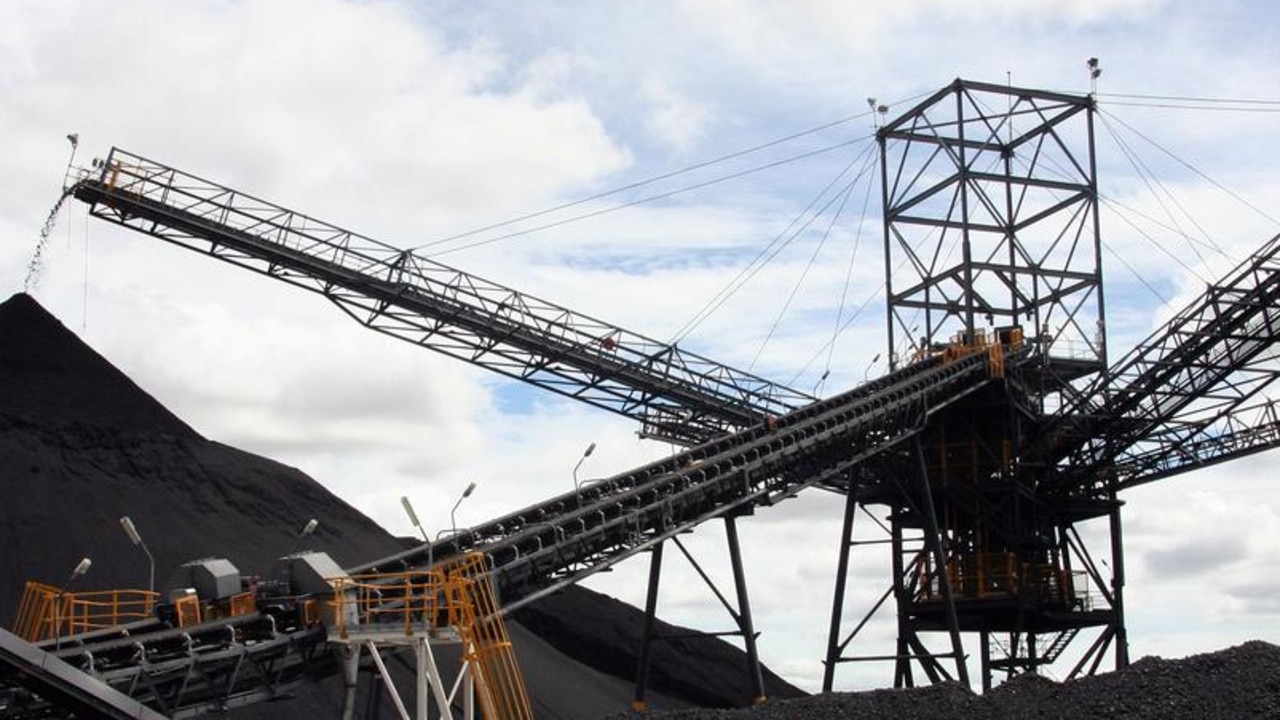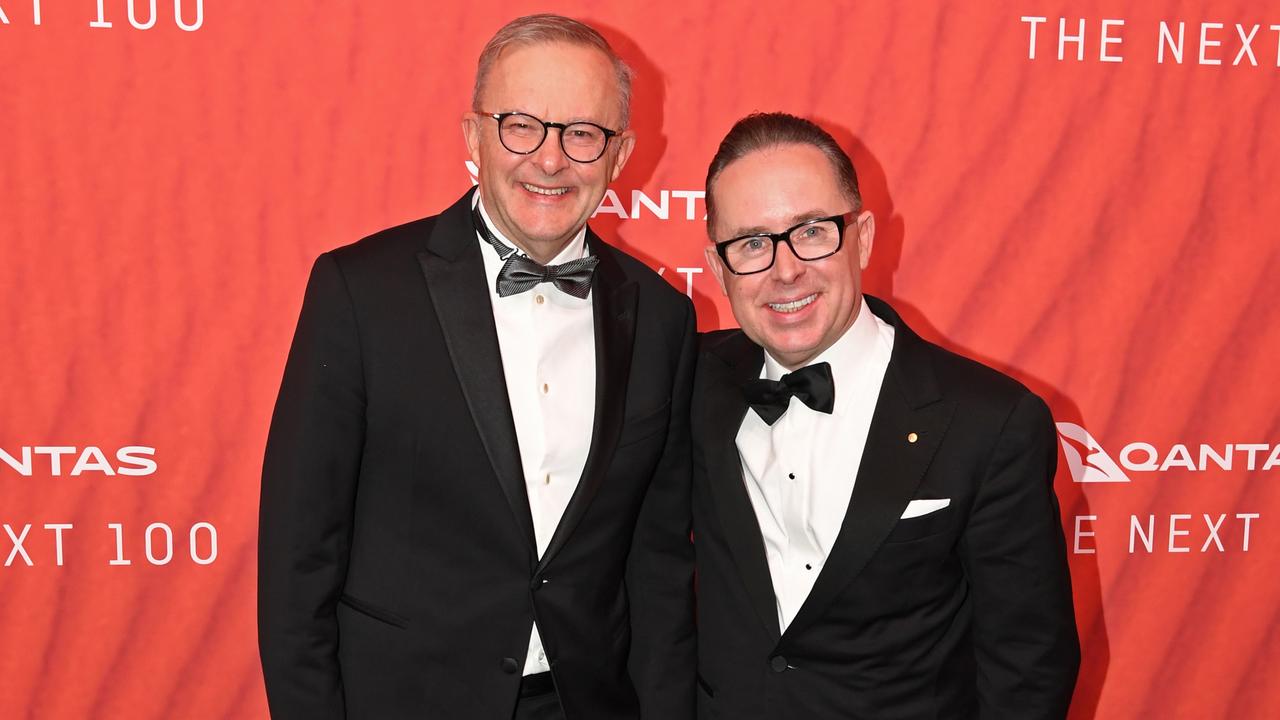Tech veteran Steve Vamos on what makes a good leader great
Steve Vamos, recently retired from Xero, has learnt about leadership from some of the world’s best business chiefs, including Apple co-founder Steve Jobs.

Business
Don't miss out on the headlines from Business. Followed categories will be added to My News.
The first time Steve Vamos met Apple co-founder Steve Jobs was during a corporate retreat in California in 1997. About 100 Apple executives, including Vamos, who was running the Australian business, had been summoned.
The tech company was close to bankruptcy. It had burned through three chief executives and suffered a string of product flops, and was losing out badly to the likes of Microsoft and IBM in chasing business customers.
Jobs had only recently returned to Apple to save the company with a strategy that ultimately would turn Apple into one of the biggest companies in the world.
After dinner at the Pajaro Dunes retreat, everyone was mingling for drinks. Vamos, who had run IBM in Australia but joined Apple in the mid-1990s, was running hard trying to drive sales in Australia. He soon found himself face to face with Jobs. It was here Vamos suggested the new Apple boss should visit Australia sometime in the near future.
Jobs looked at Vamos with a half blank expression and said: “Why the f..k would I want to go to Australia?”
Vamos was put out by the response and a little offended. He told Jobs to forget he ever asked. However, it was only later on it dawned on the young Vamos. Visiting Australia would have been way off focus for Jobs at the time. Jobs’s single-minded goal was about saving the company. Australia was a distraction.
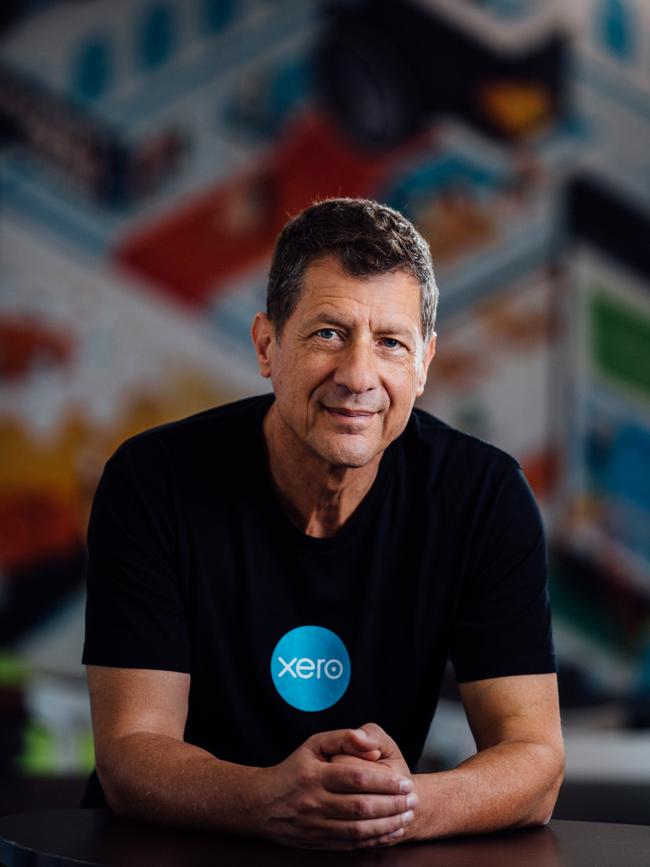
It was at that retreat that Jobs introduced the new Apple strategy that he described as the Swatch, after the watch company – affordable, friendly, elegant technology. It was there that Jobs gave a preview of the new, colourful iMac prototype.
The iMac represented the start of a revolution for the tech company. It was the first in a long line of home runs that Jobs would hit in his second life at Apple.
“For the first time in my experience at Apple, clarity and alignment started to emerge from the leader,” Vamos says.
The anecdote is one of several about Jobs in a new book by Vamos, who recently retired as CEO of $22bn accounting software play Xero.
His book, Through Shifts and Shocks, to be released at the end of this month, might be grounded in the tech world, but it is an engaging, confident guide to management. Importantly, it’s laced with real world experience in how to drive high-performing teams in all levels of business. It covers the hard stuff too, like cutting jobs and how to make tough choices.
“I don’t think we are investing as much as we need to in the development of people leadership skills,” Vamos tells The Weekend Australian.
“The tech industry is probably an exemplar, but ever since my time at IBM I’ve never come across anything as clear and disciplined around the expectation of being a good leader of people or the development that you need to be a good leader of people – we’re just not getting good at it.
“What do I hope this book achieves? I hope people who lead people, even people on their teams can pick it up and go ‘OK, these practices are what good looks like. Let’s give them a crack.”
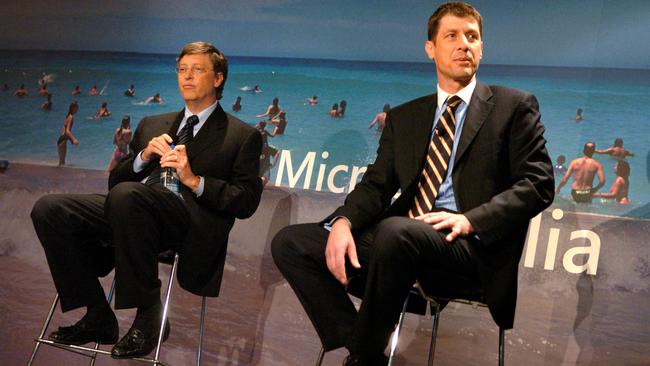
Vamos has been around tech one way or another during his 40-year career, and through much of this was at big organisations seeing the sand shift beneath them.
First, this was at IBM, where he quickly rose through the ranks of the then global tech giant during the rise of the personal computing era. He moved to Apple, and joined Microsoft in 1998, where he became the inaugural boss of the media joint venture ninemsn just as the dot.com crash hit.
He later ran Microsoft in Australia for a period under Bill Gates, before moving onto the director circuit, including Telstra and Medibank. He finished his management career as a CEO at Xero, a company that was leading the disruption.
Like at Apple, clarity of purpose in business becomes an overriding theme for Vamos. He recalls joining start-up ninemsn, which was in a state of dysfunction. The tech venture jointly owned by Microsoft and Kerry Packer’s PBL, owner then of the Nine Network, was bleeding cash.
Packer for one was fast running out of patience. To get to the bottom of the dysfunction, Vamos did a deep dive of the mostly young staff to better understand how they were feeling about the business and where they saw it heading. Soon it became obvious.
“People were not clear about our purpose or where ninemsn was heading, and as a result were not sure if they were contributing or working on things that really mattered,” Vamos says. “The tech portal was trying to do too much. This meant it was doing nothing well.”
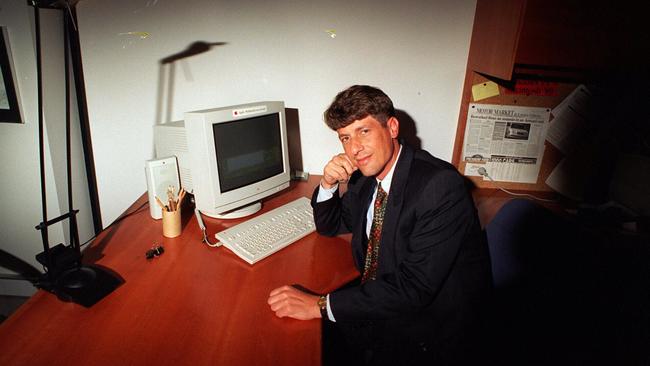
It fell to Vamos as CEO to make the hard choices and tough choices to get ninemsn out of some business lines, including travel and journalism. This meant large job cuts. At the end of the process, what had been a stack of 10 business lines was narrowed down to three or four things that could be done well.
Telstra is an example around simplification. Vamos was on the board when former CEO Andy Penn launched his T22 strategy. Both the board and CEO were under intense pressure, with Telstra’s cost base too high and revenue stalling. Critically, Penn reorganised the company and reduced the number of plans and products offered by the telco from 1800 to only 20. The changes also involved thousands of job cuts.
Penn was courageous and the benefits of the program are being seen today, Vamos says. Importantly, and like in Telstra’s case, shareholder pressure can be a powerful catalyst to drive necessary change in a company.
However, the impact of a good leader is not always obvious.
“It doesn’t mean that their timing aligns with success, but what they do is contribute to a sustained better performance,” Vamos says. “Often we need to look at the impact of a CEO after they’re gone, not just during their tenure.
“The performance of a company today is a little like looking at the light from a star. You’re actually seeing the result of past actions. You’re not seeing what the moment is delivering.”
Vamos returned to full-time work at tech company Xero in 2018, then at the age of 60. He had been providing advice to founder and then CEO Rod Drury, and Vamos was getting increasingly brought in on an operational role. But one day Drury rang and said, “We need to take Xero to the next phase. I’m not the guy to do it. I know you can do it.”
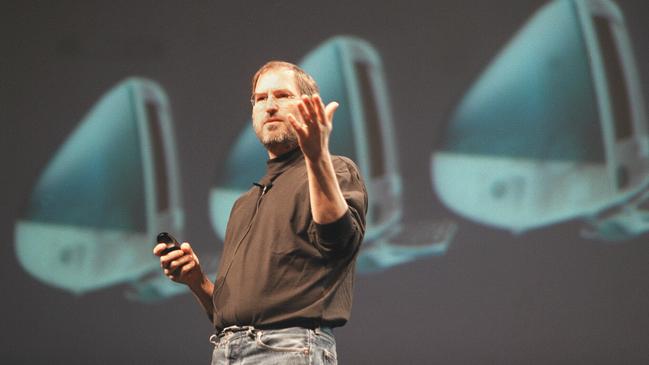
Vamos says a smooth founder transition is one of the most difficult milestones in the life of a company. The challenge is knowing when it’s the right time and facing up to make the transition happen. When the decision is driven by the board, it’s all the more harder.
We are speaking as WiseTech’s founder and chief, Richard White, has just resigned as CEO. Vamos says he was lucky with Drury, who recognised the point in time when his capabilities and desires no longer aligned with how he saw the needs of the business. At Xero, Vamos grew the business from 1.4 million customers to more than 3.5 million. Revenue surged threefold.
Vamos talks about different styles of leadership. Microsoft under Gates was a very knowing company. “You had to know – you had to be smart,” he says.
And while history has been unkind to the Steve Ballmer era that followed at Microsoft, Vamos says the longer-term measure should be measured as a success.
“There were missed opportunities, undeniably. Ballmer would admit that himself,” he says. “But the transformation of Microsoft from a PC company to the leading technology vendor on the planet, to go from PCs to servers and networks to enterprise applications … Microsoft wouldn’t be what it is today without that.”
But all roads come back to Jobs, who even during the moment was someone you knew you would remember, Vamos says.
“He had a way of an intensity. But at the retreat, he gave a speech that basically talked about where Apple was and the need to take action to save it. And he said: ‘If we do the things that we need to do, I think we can make it’. Then he showed the iMac for the first time. He was exceptional.”
Through Shifts and Shocks, published by Wiley, will be released on November 27
More Coverage
Originally published as Tech veteran Steve Vamos on what makes a good leader great




